Will you be traveling this summer (or winter, as the case may be depending on which hemisphere you call home)? I’m sure you know there’s a lot of planning to be done and hopefully you’ve already gotten started. The planning phase is something that most people probably find rather tedious; there’s a lot of choosing involved: where to go, when to go, how to get there, how long to stay, which of your kids to take. But if you’re into photography, the really important question to ask yourself is, “What gear should I take?”
Exactly which pieces of equipment you choose to bring along will be determined, in large part, by your destination. If you intend to spend a decent amount of time lazing around on a beach, you don’t want to have to worry about someone walking off with your precious gear while you succumb to a sun induced stupor. Plan on hiking the Swiss Alps? With 15 pounds of equipment draped across your neck? Good luck with that. The point is that when you travel, compromises have to be made; you can’t — and shouldn’t even if you could — take your entire photography kit with you.
Besides the obvious camera body and maybe two lenses, it’s important not to overdo it with your accessories. You have to be selective. So, here are a few ideas of what to pack to ensure you’re equipped to handle the amazing photo opportunities that will certainly present themselves, while also not putting too much strain on your back.
1. Bag – But of course. You do need something to lug your gear around in. Choose something with a comfortable shoulder strap and that allows quick access to your camera. A bag with removable/customizable inserts and adequate storage space will also be quite beneficial. Build quality matters, too; you want a durable, weatherproof bag with enough padding to protect your stuff. And if you want to be even slightly inconspicuous, go with something black.
2. Monopod – Stability is a must for certain photographic endeavors, such as landscape shots or long exposures. But tripods can be heavy and cumbersome and may not even be allowed in some places (in India, tripods are not permitted on the grounds of the Taj Mahal). One particularly efficient alternative to a tripod is a monopod. Though you will still need to have a relatively steady hand, a monopod will do most of the work for you, while being smaller, lighter, and cheaper than a tripod.
3. Extras – Extra memory cards, extra batteries, an extra battery charger. None of these things are especially bulky and should all fit neatly into the appropriate pocket in you camera bag.
4. Backup storage – You never know when one of your memory cards might fail, so it’s a good idea to have a way to backup all your work at the end of the day. In the spirit of a “less is more” philosophy, it’s probably in your best interest to leave your laptop at home. Instead, you might opt for a portable data storage device or a tablet PC with a USB port. If you know that you will have access to a computer — at an Internet cafe, for example — then bring along an external hard drive or upload your images to an online service.
5. Travel plug adapter – Odds are that when you leave your home country, you will find that the power outlets in your vacation destination don’t look like the ones you’re used to back home. To save yourself the headache of stepping foot on foreign soil and realizing you can’t plug in your camera battery charger (or any other device), get yourself an international plug adapter. This handy gizmo will adapt the plug of your device so that it can be plugged into a power outlet almost anywhere in the world. It doesn’t convert electrical voltage, but most consumer electronics rated up to 240V should be just fine.
6. Cleaning supplies – It’s a trip to another country — you’re supposed to be out and about, exploring all that these unfamiliar environs have to offer, which means your camera and lenses will be exposed to the elements. Reserve room in your bag for lens cloths/wipes and a blower for you camera’s sensor.
7. Plastic bags – You — and your camera — will definitely want these if it starts to rain while you are out shooting.
8. LED’s – Packing a flash might not be a burden, but if part of your mission is to travel light and keep it simple, then pack a couple of LED’s instead. They can’t be electronically integrated with your camera, but they are a suitable solution should you find yourself ever needing to shine some light on a subject.
9. Insurance – Accidents happen. There are thieves in every part of the world. So while there’s no accessory that can prevent either of these scenarios, you may want to consider adding insurance to your inventory. Costs vary according to who your insurer is and what level of coverage you choose. In all honesty, you may never need to file a claim; but won’t you feel better knowing you have it — just in case?
This is a just a basic overview of some items that any photographer would find useful when traveling. Of course, depending on factors such as your skill level, whether you’re working professionally or just fun, or the location in which you’ll be shooting, your list may look a bit different than this one. The key point to keep in mind is to not let your gear get in the way of enjoying your travel experience.
Feel free to share your packing tips in the comments.
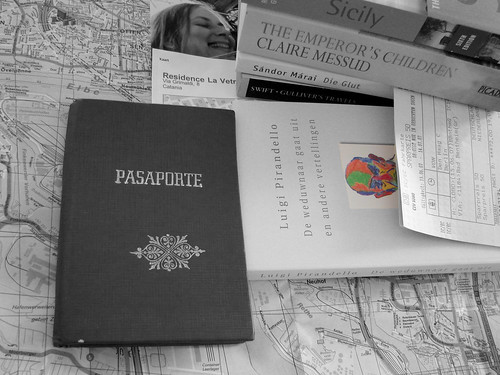

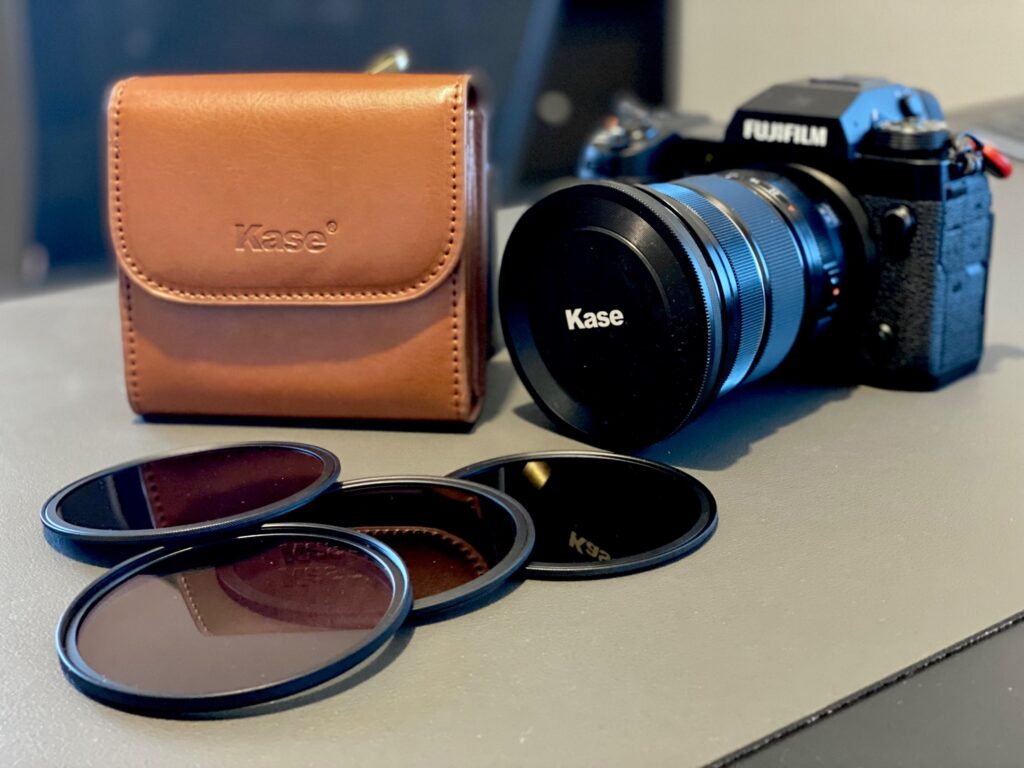
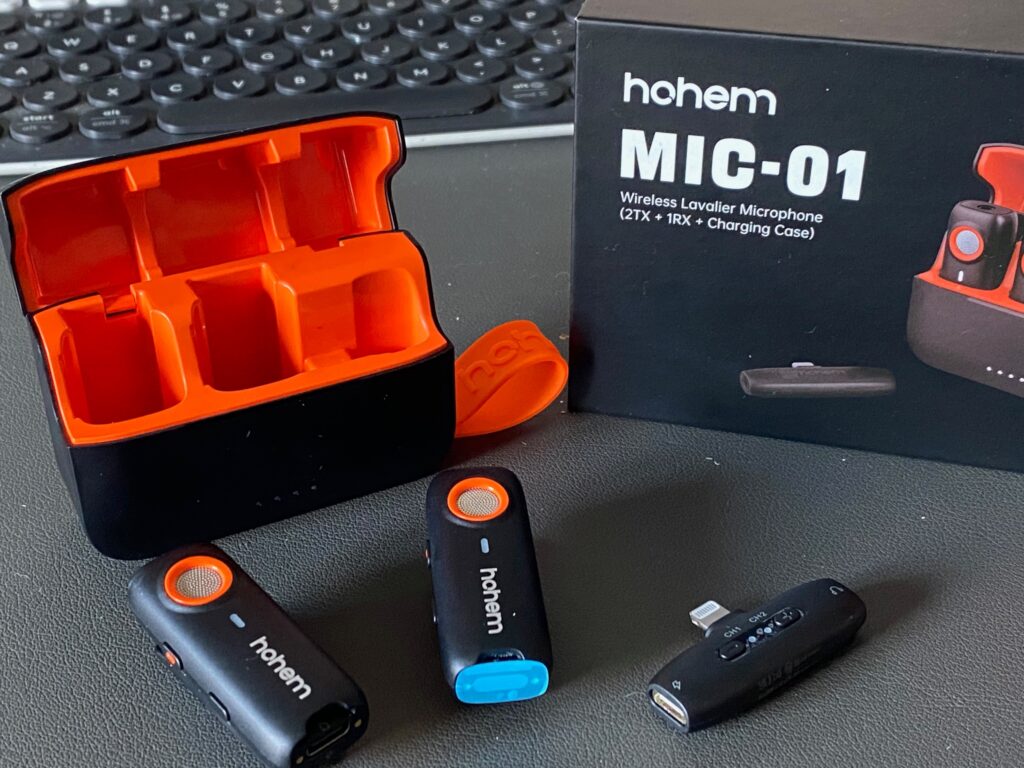
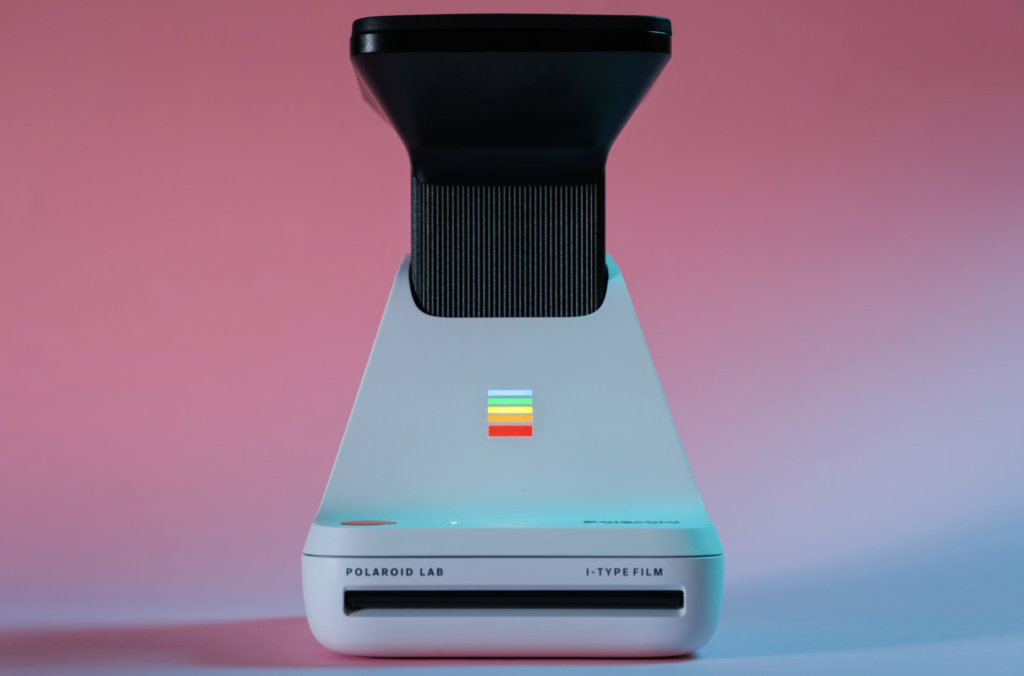
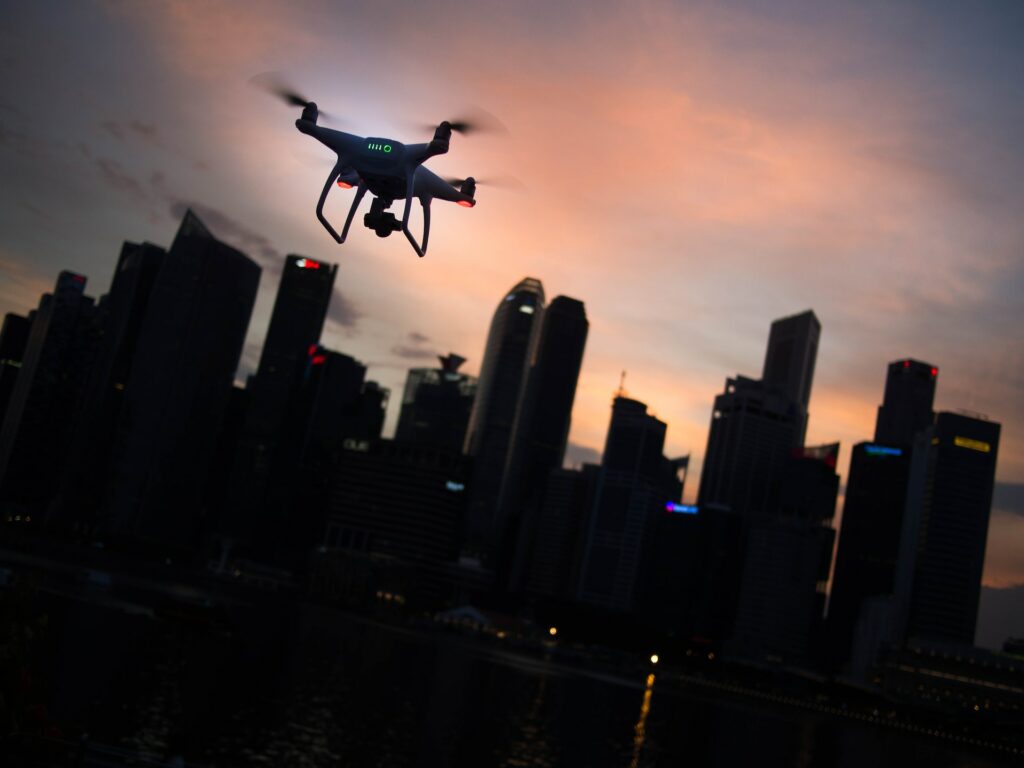
5 Comments
As one who has traveled to over 40 countries in my non-profit org. photo work, you left off one very important item…a checklist! I put every item on it, down to filters, lens cleaner and USB cables. Not only so you won’t forget anything when you leave, but so you wont forget those same things when you return. Especially if you are moving to various locations on your trip. That’s why, too, everything always goes in the same spot in my bag, so if I have to exit in a hurry, a quick glance can usually tell me that everything is in its place. And make sure your list includes equipment serial numbers!
Also make sure you do not pack your camera or lenses in your checked bag if flying. Airlines do not cover for fragileor valuable items.
I would recommend a camera clip system, because it would helps to keep the costlier cameras save on travel. Here is a good collection I just found. https://www.smifu.com/capture.html
I would add to number 5 and say include a power board, that way you only need 1 power adapter and can plug in multiple devices, phones/tablets/battery chargers etc. at the same time.
Insurance. Can you recommend some good companies that insure camera equipment?